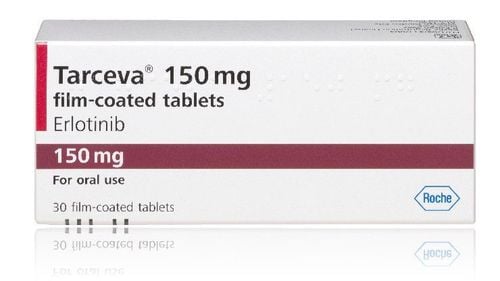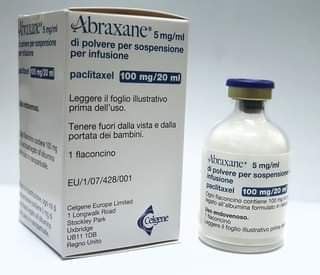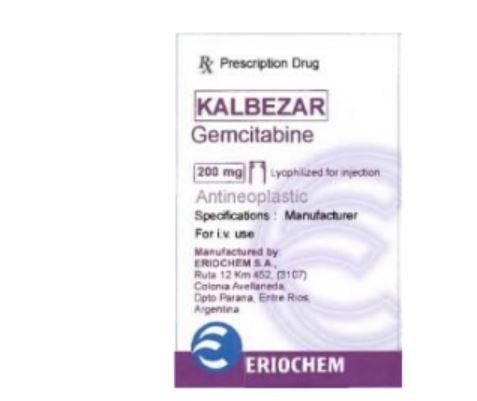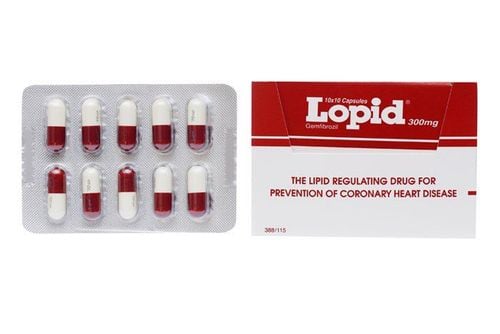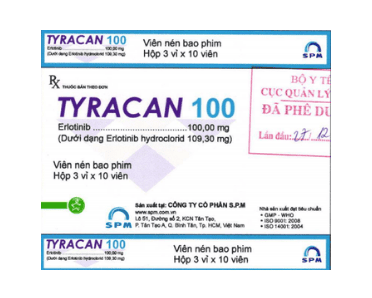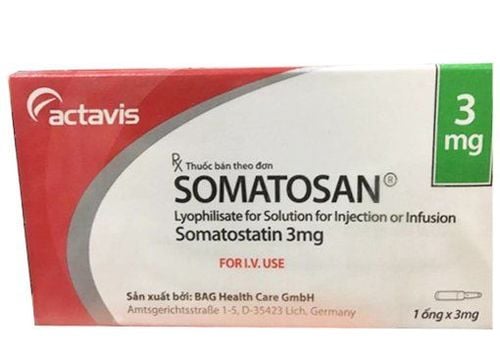This is an automatically translated article.
The article is professionally consulted by Specialist Doctor I Dong Xuan Ha - Department of Medical Examination and Internal Medicine - Vinmec Ha Long International Hospital.
Chronic pancreatitis is a long-term damage to the pancreas, the pancreatic function is no longer guaranteed, greatly affecting the patient's quality of life. Although the disease is rare in the community, the impact is quite severe, while most cases are preventable.
1. What is chronic pancreatitis?
The pancreas is an organ of the digestive system, leaf-shaped and hidden in the posterior wall of the abdomen. This organ has both endocrine and exocrine functions.The endocrine function of the pancreas is to secrete hormones that maintain blood glucose levels; If the insulin produced by the pancreas is too low or the body tissues become resistant, the blood sugar levels rise, causing diabetes. For the exocrine function, the pancreas produces digestive enzymes, which along the pancreatic duct with bile flow into the duodenum, breaking down food into nutritional molecules for absorption into the bloodstream.
Acute episodes of inflammation in the pancreatic parenchyma will eventually lead to chronic pancreatitis. It is a pathological process characterized by irreversible pancreatic injury, defined by histological abnormalities including chronic inflammation, fibrosis, and destruction of exocrine and endocrine pancreatic tissue.
2. Causes of chronic pancreatitis
The causes of chronic pancreatitis are diverse. It can be said that any agent that causes recurrent acute pancreatitis leads to chronic pancreatitis.In which, alcohol is the most common cause of chronic pancreatitis, accounting for 70% of cases. The amount of alcohol required to lead to chronic pancreatitis is at least 150g per day and lasts for at least 5 years. Accordingly, alcohol will cause acute pancreatitis in alcoholic subjects after consuming for a long time. Initially sudden, severe pain; After that, the attacks shorten the distance and also gradually decrease in pain level, the patient has a long dull pain with exhaustion due to the inability to absorb nutrients.
In the group of toxic and metabolic causes, there is also chronic pancreatitis caused by smoking, hypercalcemia, hyperlipidemia, chronic kidney failure or taking drugs.
Similar to acute pancreatitis, chronic pancreatitis can also be the result of long-term obstruction such as biliary pancreatic duct obstruction, embryonic twin malformation, sphincter of Oddi disorder, prepapillary duodenal cyst. Besides, this pathology is also a sequelae after acute necrotizing pancreatitis, pancreatitis caused by vascular disease, ischemia in the pancreas.
In addition, chronic pancreatitis is caused by autoimmune diseases, genetic abnormalities as well as idiopathic pancreatitis.
3. What are the symptoms of chronic pancreatitis?
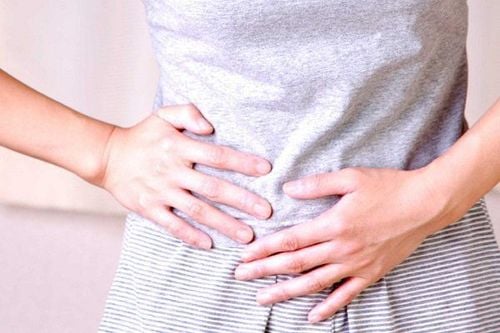
Besides, patients also often have nausea, vomiting, loss of appetite, poor appetite. As a result, they lose weight continuously to the point of exhaustion. The cause of weight loss is mainly due to eating less because of fear of increased abdominal pain, partly due to malabsorption and uncontrolled diabetes.
The difference between acute pancreatitis and chronic pancreatitis is the obvious manifestation of pancreatic endocrine and exocrine dysfunction. Pancreatic endocrine diabetes is a type of diabetes that is completely insulin dependent with the same complications and cardiovascular risks as idiopathic diabetes.
As for the exocrine function, because the pancreas can no longer excrete digestive enzymes, the ingested food is not consumed, the patient has prolonged diarrhea. Pancreatic pathology is characterized by faeces with fatty scum floating on the surface of the toilet water, with a fishy odor. This expression appears at a late stage of the disease when the amount of enzyme secreted has decreased to only 10% of normal.
In addition, the patient may also have other symptoms such as jaundice due to pancreatic compression of the common bile duct, ascites or pleural effusion due to pancreatic juice leakage from pancreatic duct or pancreatic pseudocyst, painful nodules in legs due to necrosis. Fat necrosis, polyarthritis of the hand (rare)...
4. Is chronic pancreatitis dangerous?
Because it is an organ that is both endocrine and exocrine, the damage in chronic pancreatitis is difficult to restore to its original state, its function is no longer guaranteed, seriously affecting the metabolism of substances in the body. . Patients cannot use sugar molecules in cellular metabolism, so they have hyperglycemia. Besides, the nutrients from food are not broken down and absorbed, so the patient quickly loses weight and is exhausted.In addition, chronic pancreatitis can also cause physical complications such as the formation of pancreatic pseudocysts with large size and non-regression, leakage of pancreatic juice, causing ascites or pancreatic thrombus formation. Splenic vein, inferior vena cava while also prone to varicose vein bleeding...
In particular, chronic pancreatitis is also a risk factor for pancreatic cancer, with a relatively short survival time. despite early detection and aggressive radical treatment from the beginning.
5. How to treat chronic pancreatitis

At the same time, the patient needs to follow a suitable diet. In particular, food needs to be divided into many small meals a day to avoid the pressure that requires a lot of pancreatic enzymes at the same time. Take care to avoid fatty or greasy foods. At this time, it is also necessary to monitor the supply and consumption of fat-soluble vitamins, especially vitamin D, and monitor bone density. Consider adding pancreatic enzymes with uncoated yeast tablets to aid in the digestion of food.
Besides, it is necessary to pay attention to pain relief treatment for patients, indirectly helping them to consume better food, not restricting eating just because of pain. Pain relievers that can be used are acetaminophen, aspirin, opiate derivatives as well as antidepressants, nerve pain relievers. However, in cases of prolonged use, the possibility of addiction to analgesics should be considered.
On the other hand, long-term use of octreotide can be considered. This agent can also relieve pain by reducing pancreatic enzyme secretion as well as indirectly acting through the reduction of hormones that stimulate gastrointestinal secretion in the blood.
For patients with diabetes due to pancreatic damage, the approach to treatment is the same as for type 1 diabetes, but the amount of insulin required is usually lower. This is because these subjects have a higher risk of hypoglycemia. However, the prevention of acute and chronic complications of diabetes is similar to that of common diabetes.
Finally, indications for surgical intervention should be considered early in cases of obstructive pancreatitis, helping to preserve the remaining healthy pancreatic parenchyma. Endoscopic procedures can drain the pancreatic duct to relieve obstruction, either by removal of pancreatic duct stones, by placing pancreatic ductal stents or by resection of the pancreatic duct sphincter for both stenting and removal of pancreatic duct stones. It is possible to switch to surgery when the above measures fail.
In summary, chronic pancreatitis is a serious chronic disease on the gastrointestinal tract, affecting the patient's health. Due to the function of the pancreas, so far it has not been able to completely reconstruct it artificially. However, having knowledge to prevent this disease, detect it and actively treat it right from the beginning will partly reduce the severe effects that the disease causes.
With 14 years of experience in the field of Endoscopy - Gastroenterology, Doctor Dong Xuan Ha proficiently performs diagnostic gastrointestinal endoscopy techniques, emergency interventions and therapeutic interventions. Currently, he is a gastroenterologist at the Department of General Internal Medicine, Vinmec Ha Long International General Hospital.
Please dial HOTLINE for more information or register for an appointment HERE. Download MyVinmec app to make appointments faster and to manage your bookings easily.





